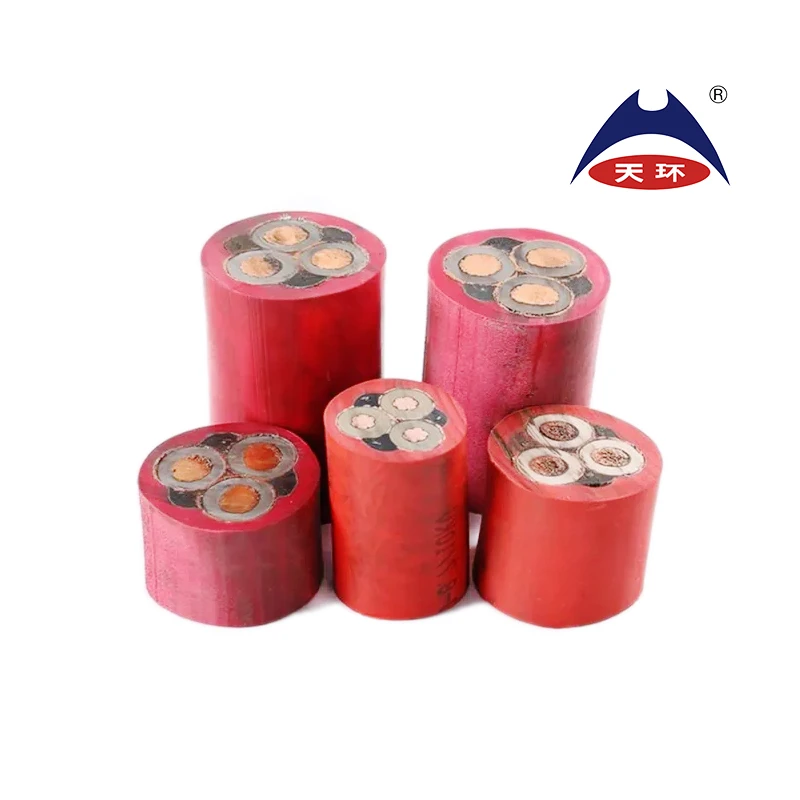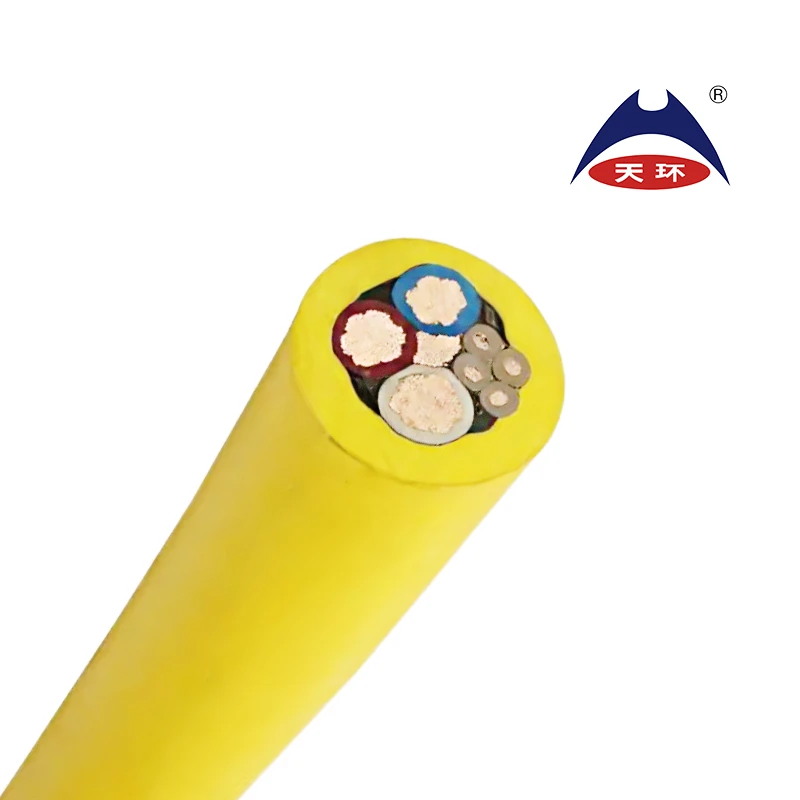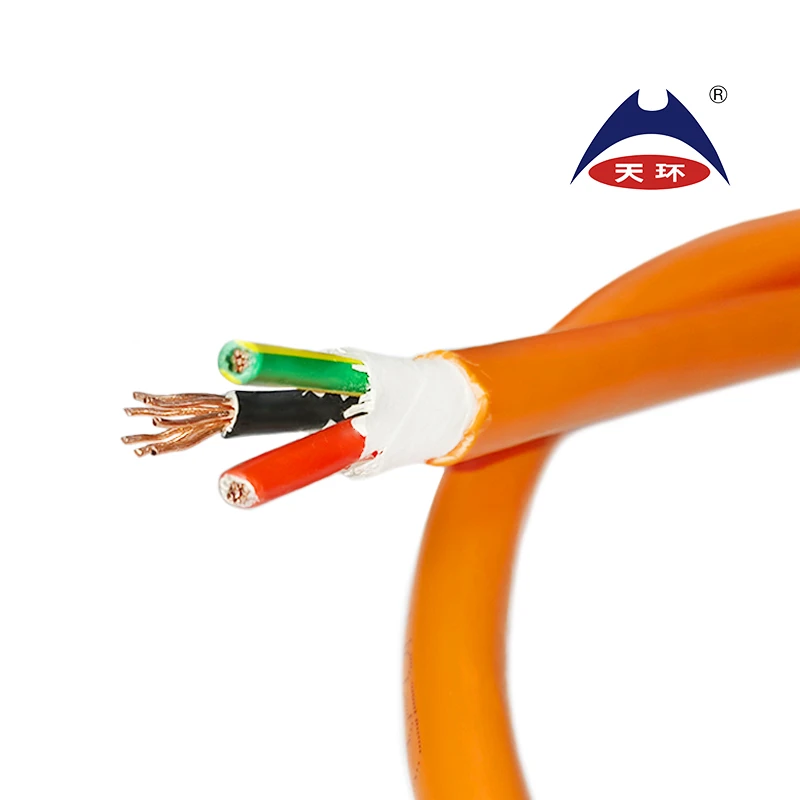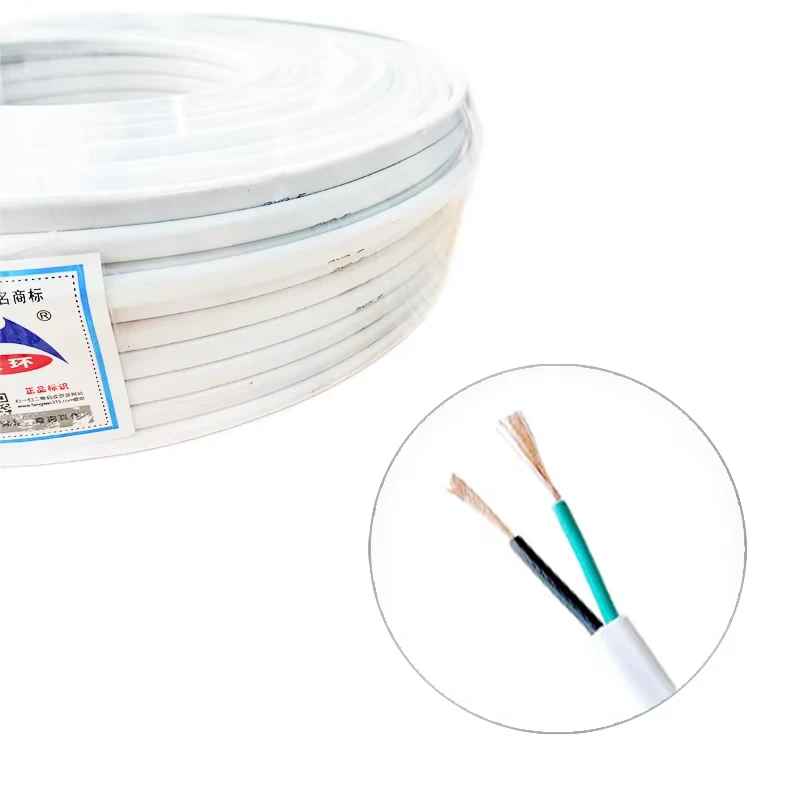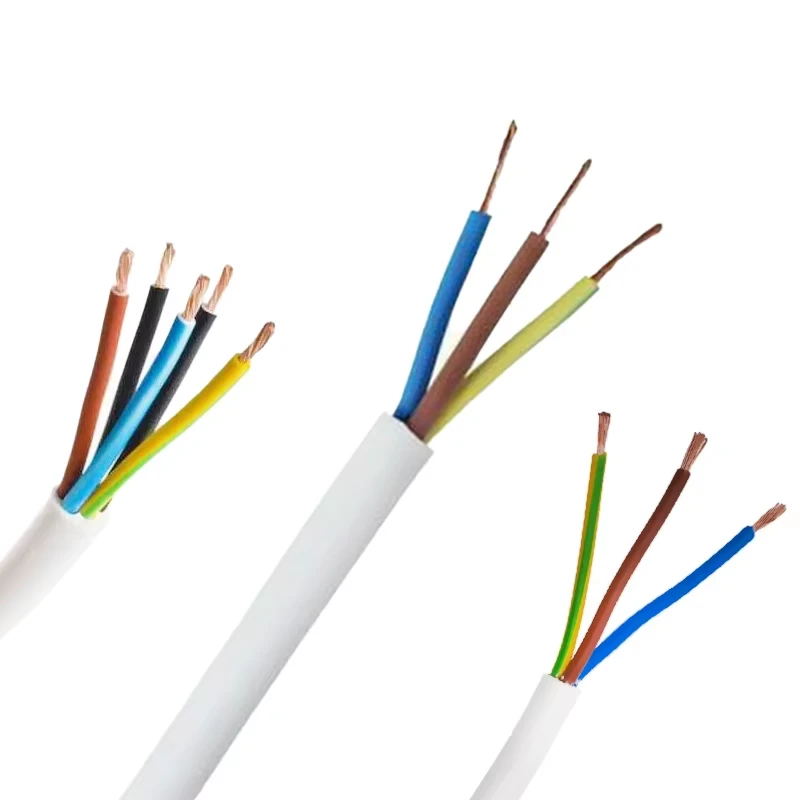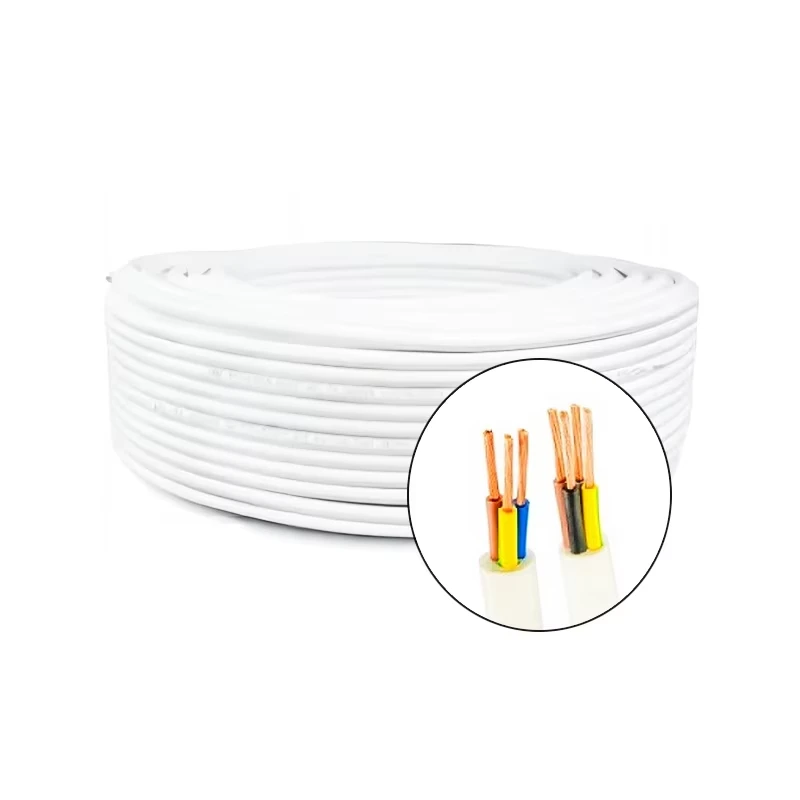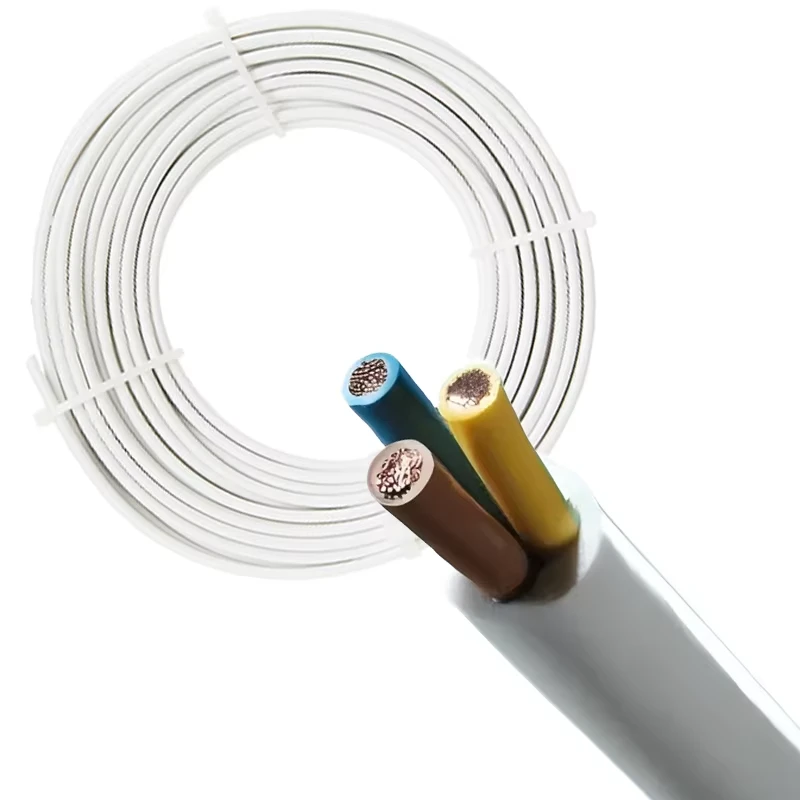
Multicore Wire and Cable Manufacturing Facility for Enhanced Electrical Connectivity Solutions
The Significance of Multicore Wires and Cables in Modern Industries
In today's fast-paced technological landscape, multicore wires and cables have emerged as a vital component across various industrial sectors. These versatile electrical conductors are composed of multiple insulated wires bundled together, allowing for efficient transmission of power and data. This article delves into the significance of multicore wires and cables in modern industries, examining their construction, applications, and advantages.
Construction and Types
Multicore cables typically consist of several insulated conductors twisted together, housed within a protective outer sheath. This design not only enhances durability and flexibility but also reduces the electromagnetic interference (EMI) that can affect signal quality. The conductors can be made from different materials such as copper or aluminum, providing options tailored to various electrical and mechanical requirements. Moreover, multicore cables can come in various configurations, such as shielded or unshielded, single-layer or multi-layer, depending on the application.
Applications Across Industries
Multicore wires and cables find their applications across diverse fields including telecommunications, electronics, automotive, and power distribution. In the telecommunications sector, these cables are used to connect devices within networks, ensuring high-speed data transmission. In industrial automation, multicore cables facilitate communication between sensors, actuators, and controllers, driving the efficiency of manufacturing processes.
In the automotive industry, multicore cables are integral to vehicle wiring systems, supporting functionalities such as lighting, infotainment, and safety features. With the rise of electric vehicles (EVs), the demand for advanced multicore cables capable of handling high voltages and currents has surged. Meanwhile, in power distribution, multicore cables are used in substations and underground networks to transport electricity safely and efficiently.
multicore wire & cables factory
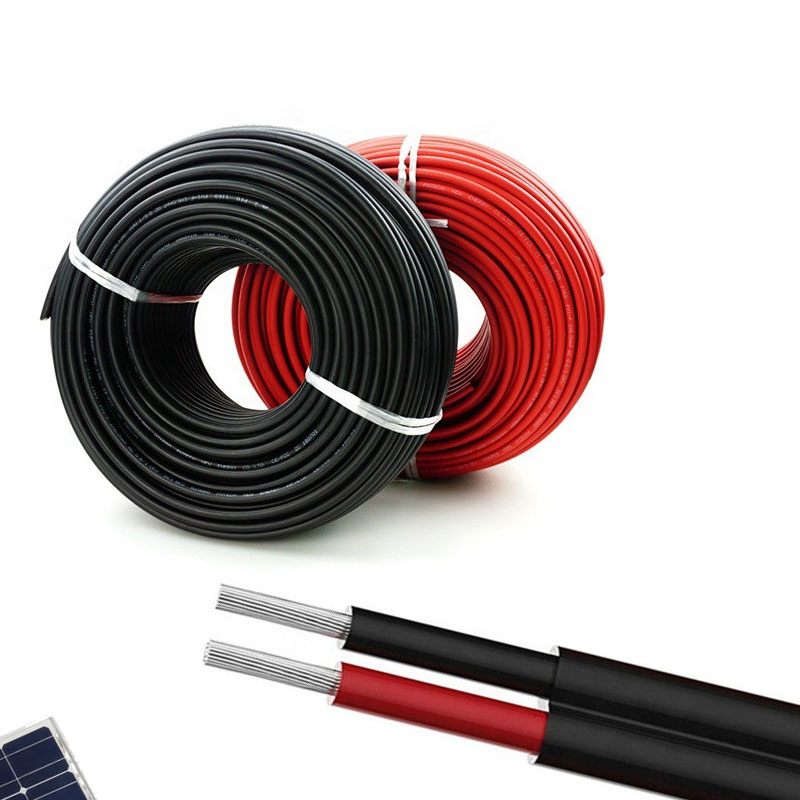
Advantages of Multicore Cables
One of the primary advantages of multicore wires and cables is their capacity to minimize space requirements. By consolidating multiple conductors into one cable, they reduce the clutter of wiring installations and streamline the overall design process. Furthermore, this compactness is particularly beneficial in environments with limited space, such as control panels or machinery enclosures.
Another significant benefit is their ability to transmit both power and data simultaneously. This characteristic is particularly useful in applications where both signals are required, eliminating the need for separate cables. Moreover, multicore cables can enhance safety by reducing the points of failure. If one conductor fails, the remaining ones can still function, providing reliability crucial to industrial operations.
Challenges and Considerations
Despite their numerous advantages, the production and installation of multicore cables do come with challenges. Issues such as heat dissipation, insulation breakdown, and connector compatibility must be carefully managed. Additionally, the design must consider factors like mechanical strain, temperature variations, and environmental conditions to ensure that the cables perform efficiently over time.
Conclusion
As industries continue to evolve, the demand for reliable and efficient electrical solutions grows. Multicore wires and cables play an indispensable role in meeting these requirements, offering a combination of functionality, reliability, and compactness that is hard to surpass. Their applications in telecommunications, automotive, and power distribution, among other sectors, highlight their importance in fostering innovation and efficiency. As technology progresses, the development and optimization of multicore wires and cables will undoubtedly continue to drive advancements across various fields, ensuring that modern infrastructure remains robust and capable of meeting future challenges.
-
Reliable LIYCY Cable Solutions for Low and Medium Voltage ApplicationsNewsJul.14,2025
-
Premium Overhead Electrical Wire Solutions for Low and Medium Voltage ApplicationsNewsJul.14,2025
-
Innovative XLPE Electrical Cable Solutions for Modern Low and Medium Voltage NetworksNewsJul.14,2025
-
High-Quality Ethylene Propylene Rubber Cable – Durable EPDM Cable & 1.5 mm 3 Core OptionsNewsJul.14,2025
-
Exploring the Versatility of H1Z2Z2-K 1X4mm2 Cables in Modern ApplicationsNewsJul.14,2025
-
Uses of Construction WiresNewsJul.14,2025
-
Types of Neoprene CableNewsJul.14,2025





